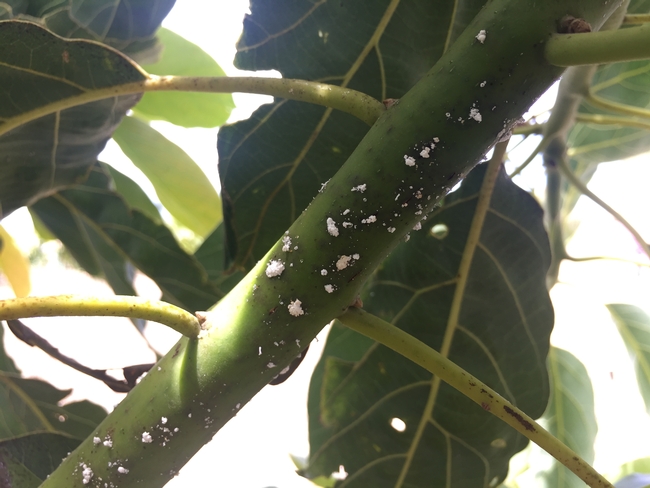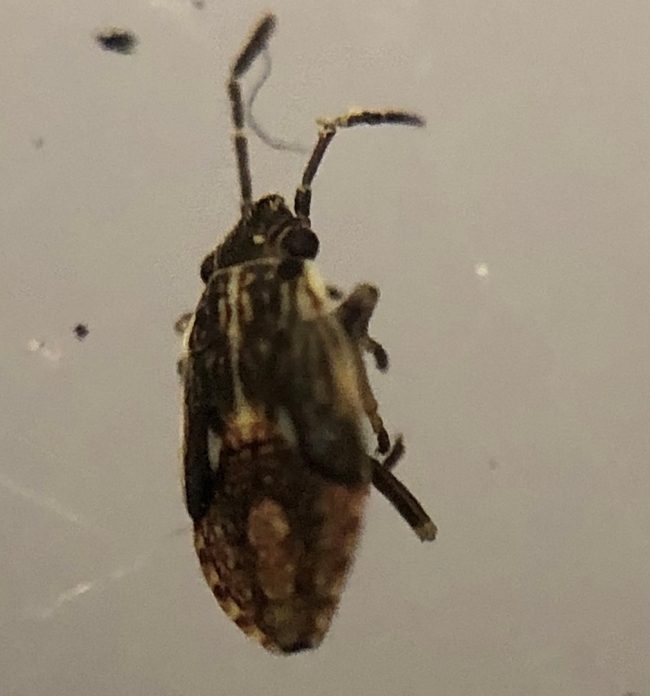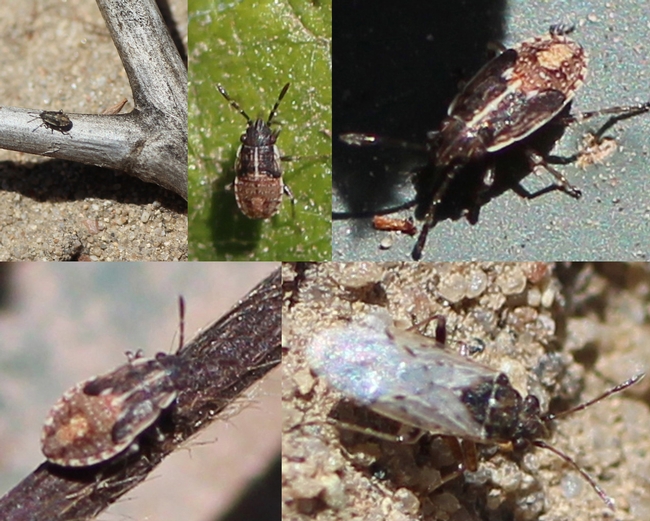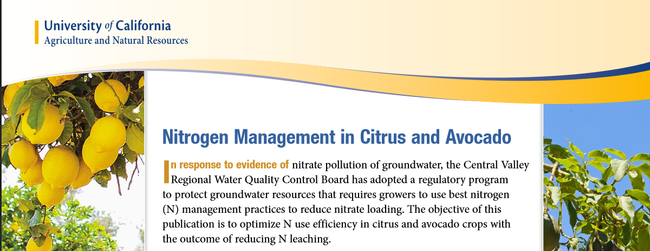- Author: Ben Faber
The rains are gone and the hills are drying. The weeds in the orchards that aren't being hit by the irrigation water are drying up, as well. During winter and early spring, false chinch bug primarily feeds on foliage, stems, and seeds of wild grasses and cruciferous weeds. When vegetation dries or is cut, or weeds are treated with a herbicide, bugs move in large numbers to feed on virtually any nearby green plants, including irrigated avocados and citrus. These feeding aggregations can be very large. And the calls come in. Why they are called "false" is hard to say, because they can sure seem real.
The false chinch bug (family Lygaeidae) adult (above) is mostly light to dark gray, elongate, and about 0.12 inch (3 mm) long. Females lay eggs on host plants or in cracks in soil. The mostly pale gray nymphs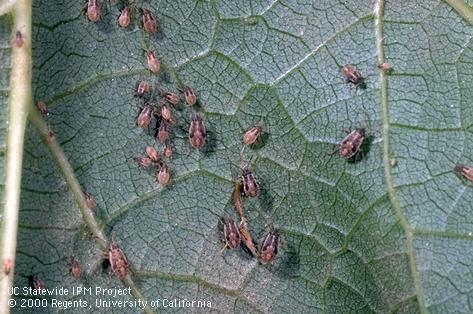
have inconspicuous reddish to brown abdominal markings. There are from four to seven generations per year. All stages can be present throughout the year.
False chinch bug occasionally causes severe injury on young trees by sucking sap from shoots and young stems. Infested shoots wither and die suddenly after attack, which typically occurs in May and June. Economic damage normally occurs in groves away from the coast only on young trees in border rows adjacent to uncultivated areas or grasslands. Otherwise healthy mature trees tolerate bug feeding.
So what to do? Monitor during late winter and early spring if young avocado/citrus trees are growing inland near unmanaged areas most susceptible to false chinch bug migrations. Before winter weeds dry or are cut, look for bugs on fences and weedy areas adjacent to young trees.
If false chinch bugs are common, consider treating weedy borders to kill bugs before they migrate. Only border trees may need treatment.
There are other insects that can cause these feeding symptoms, such as stinkbugs, and leaf blight can look very similar to the feeding damage that these insects do. So make sure, it is false chinch bug that is causing the problem and not an irrigation issue.
See IPM Guidelines: https://www2.ipm.ucanr.edu/agriculture/avocado/False-chinch-bug/
This is a lousy close up of a nymph
Good photos of adults by Surendra Dara
The tree damage images below were provided by Tom Roberts, Integrated Consulting Entomology
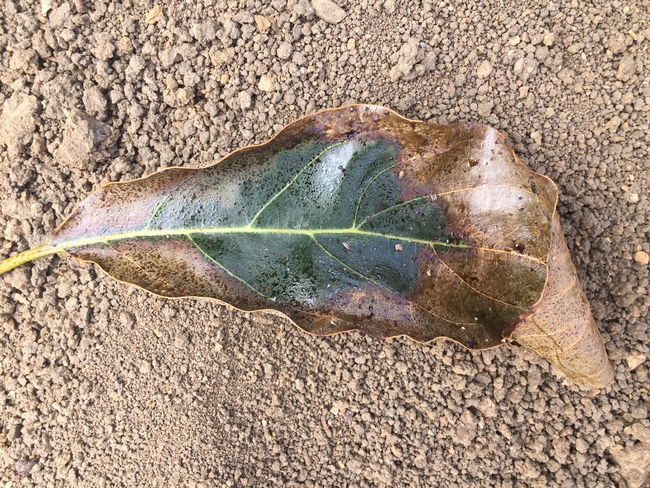
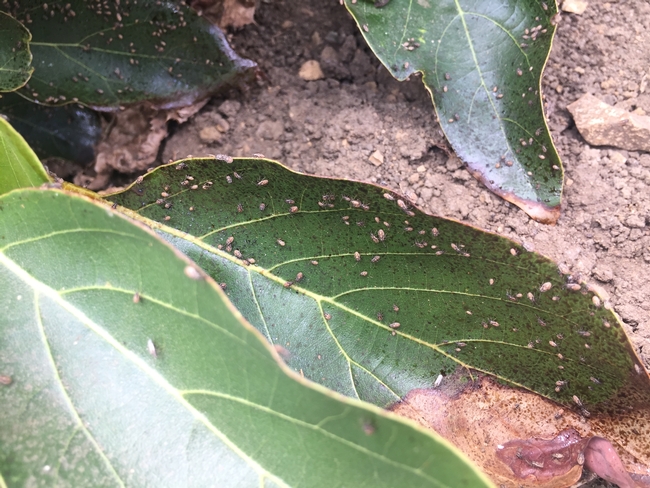
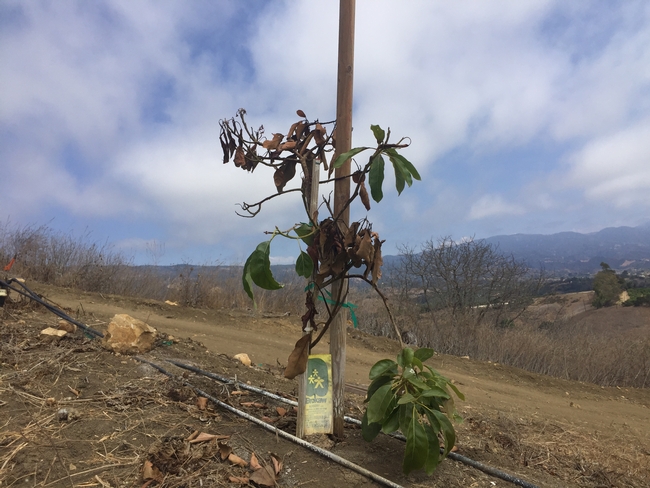
- Author: Ben Faber
Argentine Ant Management in Citrus (July 8, 2020)
What Are the UC Ag Experts Talking About?
What is involved in the webinars?
A series of 1-hour webinars, designed for growers and pest management professionals, highlighting various pest management and horticultural topics for citrus, avocados, and other subtropical crops. Master Gardeners can benefit from participating, but the pest management methods presented, especially the pesticides, are not to be followed without a clear understanding of their legal use by homeowners.
During each session, a UC Expert on the subject makes a presentation and entertains write-in questions via chat during and/or after the presentation. As we develop this program, we may expand to other crops. Both DPR CE units are available, as are CDFA-CCA units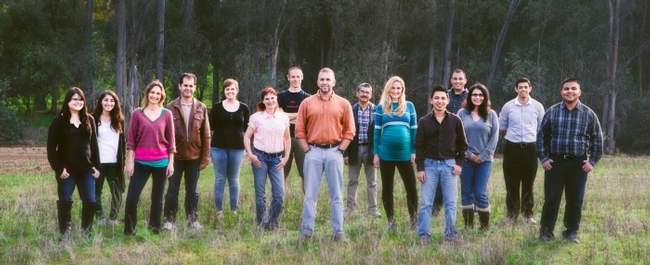
- Author: Ben Faber
|
|
|
|
|
|
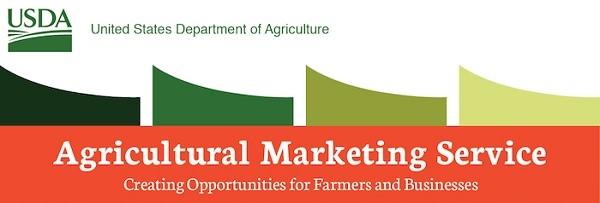
- Author: Ben Faber
Join the discussion July 23
About this Event
Three part webinar lecture series, staring speakers in industry, government, and the university system; covering the following soil health topics:
soil organic matter – interpreting soil test results – structure & function of plant roots – Mycorrhizae 101 – compost & cover crops – microalgae – biochar – FDA soil health perspectives – conservation tillage – organic production – pesticide effects – soil borne pathogens – ag engineering pest control.
PCA, CCA, and Pest Control continuing education credits requested for AZ, CA, NM, and NV.
More details to come on the CEU process.
Zoom webinar link will be posted soon,
Module 1: Defining Soil Health
8:00am - 10:30am
Geoff Koch
Soil Science PHD Student: UC Davis
Defining Soil Health in the American Southwest
Dr. Joey Blankinship
Soil Science Professor: University of Arizona
Soil Organic Matter in Desert Agriculture
Sherri McLane
IAS Laboratories
Interpreting Soil Test Results
Dr. Glenn Wright
Extension Horticulturalist: University of Arizona
Structure and Function of Plant Roots
Scott Inman
Director of R&D: Mycorrhizal Applications LLC
Mycorrhizae 101
Module 2: Practices to Improve Soil Health
10:30am - 3:00pm
Dr. David Johnson
Adjunct Professor: New Mexico State University
Composting and Cover Crops
Dr. Kristine Nichols
Research Director: MyLand Company
The Role of Microalgae in Soil Health
Dr. Catherine Brewer
Assistant Professor: New Mexico State University
Biochar Production and Application Methods
Dr. Ataullah Khan
Senior Research Scientist: InnoTech Alberta
Biochar Application Development
Tim Lichatowich
Consultant: BioAg Product Strategies
Alternative Soil Amendments for Soil Restoration and Sustainability
Dr. David Ingram
Consumer Safety Officer: FDA-CFSAN Produce Safety Staff
FDA Perspectives on Soil Health
Dr. Michele Jay-Russell
Project Director: UC Davis Western Center for Food Safety
Organic Production Soil Health Considerations
Dr. Jeff Mitchell
Cropping Systems Specialist: UC Davis
Conservation Tillage in Vegetable Cropping Systems
Sharma Torrens
Conservation Education Director, AZ Association of Conservation Districts (AACD)
Funding for Soil Health Programs
Module 3: Soil Pest Control
3:00pm - 6:00pm
Dr. John Palumbo
Extension Entomologist: University of Arizona
Soil Applied Insecticides
Barry Tickes
Extension Weed Scientist: University of Arizona
Persistence of Herbicides in the Soils of the Low Desert
Dr. Stephanie Slinski
Associate Director: Yuma Center for Excellence in Desert Agriculture
Soil Borne Pathogens
Dr. Channah Rock
Extension Water Quality Specialist: University of Arizona
Water Treatment Effects of Soil Borne Pathogens
Dr. Mark Siemens
Extension Ag Engineer: University of Arizona
Point Injection Systems – Fertilizer/Pesticide Application with Minimal Soil Disturbance
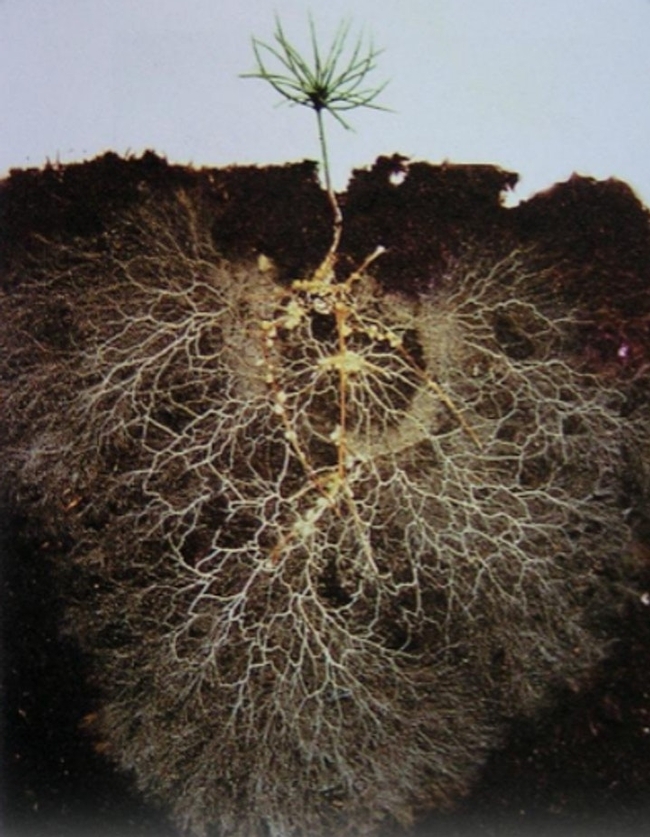
- Author: Ben Faber
Nitrogen is the nutrient plants require in the largest quantity for better yield and quality. Nitrogen is also an integral constituent of proteins, nucleic acids, chlorophyll, co-enzymes, phytohormones,and secondary metabolites, and its deficiency can negatively affect yield. Nitrogen-deficient plants are stunted, with narrow, small, pale leaves. Excessive N application increases vegetative growth and susceptibility to diseases that infect fruit, kill spurs, and reduce yields in subsequent years. Managing nitrogen is critical to tree health and productivity, and active understanding of how it plays in the general horticulture of the tree is critical.
In response to evidence of nitrate pollution of groundwater in California, the various Regional Water Quality Control Boards have adopted regulatory programs to protect groundwater resources that requires growers to use best nitrogen (N) management practices to reduce nitrate loading. As a help to growers, this publication has been created to optimize N use efficiency in citrus and avocado crops with the outcome of reducing N leaching.


